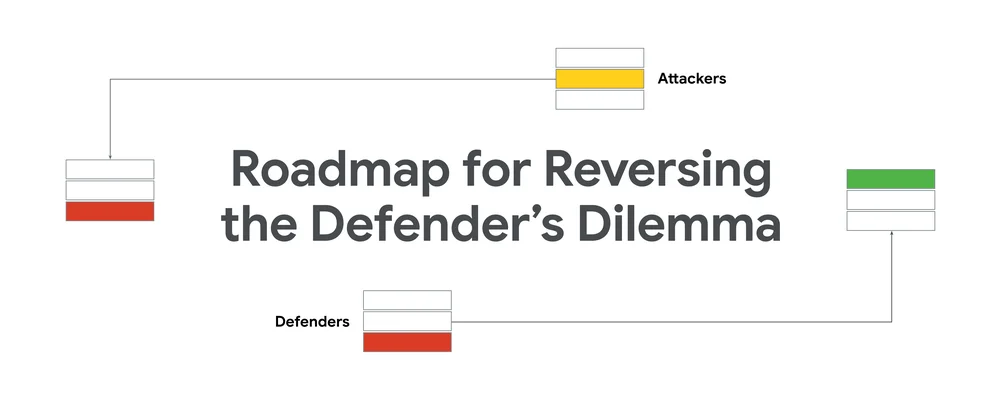In an era where digital threats are becoming more sophisticated and pervasive, Artificial Intelligence (AI) emerges as a beacon of hope, offering powerful tools to enhance digital security across various sectors. AI’s ability to learn from data, recognize patterns, and make predictions, positions it as an essential ally in the ongoing battle against cyber threats. This article explores seven ways AI can strengthen digital security, showcasing the potential of AI-driven solutions to transform and fortify our digital defenses.

1. Enhanced Threat Detection
AI algorithms excel at analyzing vast amounts of data quickly and efficiently, making them ideal for identifying potential security threats that might elude human analysts. By continuously learning from new data, AI systems can detect anomalies, unusual patterns, and suspicious behaviors that signify potential threats. This capability enables organizations to identify and neutralize threats before they can cause harm, significantly reducing the risk of data breaches and cyber-attacks.
Also Read- Unlocking The Potential Of AI With Long Context Windows
2. Predictive Analytics for Proactive Security
Beyond reactive measures, AI’s predictive analytics can forecast future threats by analyzing trends and patterns in data. This proactive approach allows organizations to prepare for and mitigate potential security incidents before they occur. Predictive analytics can identify vulnerabilities in a system, anticipate the types of cyber-attacks that are likely to happen, and recommend actions to prevent them, thereby enhancing the overall security posture.
3. Automated Security Protocols
AI can automate routine security tasks, such as scanning for vulnerabilities, applying patches, and updating security protocols. This automation reduces the burden on security teams, allowing them to focus on more strategic tasks. Moreover, AI-driven automation ensures that security measures are implemented more quickly and efficiently, minimizing the window of opportunity for cyber attackers to exploit vulnerabilities.
4. Advanced Phishing Detection

Phishing attacks remain one of the most common and effective methods used by cybercriminals. AI enhances digital security by improving the detection of phishing attempts. By analyzing email content, links, and sender information, AI can identify subtle cues that distinguish phishing emails from legitimate communications. This capability significantly reduces the likelihood of successful phishing attacks, protecting sensitive information from being compromised.
5. Behavior Analysis for Insider Threat Detection
Insider threats pose a significant risk to organizations, often going unnoticed until it’s too late. AI can strengthen digital security by monitoring user behaviors and identifying actions that deviate from the norm, which may indicate a potential insider threat. Whether it’s unusual access patterns, data transfers, or other suspicious activities, AI’s behavior analysis can alert security teams to take appropriate action, safeguarding against both malicious and unintentional insider threats.
Also Read- 5 Things Privacy Professionals Should Consider At The Intersection of AI And Data Privacy
6. Secure Authentication Processes
AI can revolutionize authentication processes by incorporating biometric data, behavior patterns, and other unique identifiers to verify users’ identities. This approach, known as adaptive authentication, offers a more secure alternative to traditional password-based methods. By analyzing various factors, such as the user’s location, device, and even typing patterns, AI can provide a dynamic and robust authentication mechanism that significantly enhances security.
7. Continuous Learning and Adaptation
One of AI’s most significant advantages is its ability to learn and adapt over time. As digital threats evolve, AI systems can continuously update their knowledge base with new information, improving their accuracy and effectiveness. This continuous learning process ensures that digital security measures remain effective against the latest cyber threats, providing enduring protection for organizations and individuals alike.
Conclusion
AI is transforming the landscape of digital security, offering innovative solutions to protect against an ever-expanding array of cyber threats. From enhanced threat detection to predictive analytics, automated security protocols, and beyond, AI-driven technologies are fortifying digital defenses in unprecedented ways. As we navigate the complexities of the digital age, the integration of AI into security strategies is not just advantageous—it’s essential. By leveraging AI’s capabilities, organizations can stay one step ahead of cybercriminals, ensuring the safety and integrity of their digital assets in an increasingly connected world.
Incorporating AI into digital security practices offers a proactive and efficient approach to safeguarding against cyber threats. As technology continues to advance, the role of AI in digital security will only grow, highlighting the importance of adopting AI-driven solutions to protect against the digital dangers of tomorrow. Embracing AI in digital security efforts not only strengthens defenses but also builds resilience, ensuring a safer digital future for all.




































